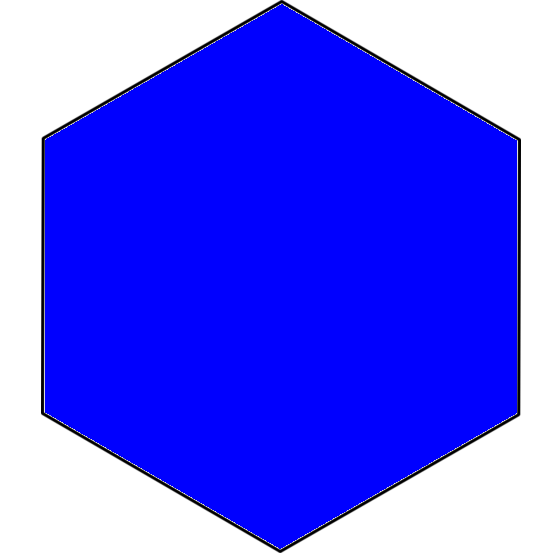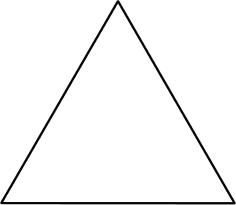07 NOV 2014 by ideonexus
 Computronium
Computronium
In programmable matter, the same cubic meter of machinery can become a wind tunnel at one moment, a polymer soup at the next; it can model a sea of fermions [elementary particles], a genetic pool, or an epidemiology experiment at the flick of a console key. Ten times as large a simulation will simply require ten cubic meters of machinery, instead of one. Flexibility, instant reconfigurability, variable resolution, total accessibility, and handling safety make such programmable matter worth a ...04 JUN 2012 by ideonexus
 Science Extends the Range of Phenomena
Science Extends the Range of Phenomena
Science is in a literal sense constructive of new facts. It has no fixed body of facts passively awaiting explanation, for successful theories allow the construction of new instruments—electron microscopes and deep space probes—and the exploration of phenomena that were beyond description—the behavior of transistors, recombinant DNA, and elementary particles, for example. This is a key point in the progressive nature of science—not only are there more elegant or accurate analyses of p...There is not a set number of facts, but science expands boundaries.
29 MAR 2012 by ideonexus
 Definition of Plank's Constant
Definition of Plank's Constant
Just as you can't have one-third of a penny or two and a half quarters, Planck declared that when it comes to energy, no fractions are
allowed. Now, our monetary denominations are determined by the United States Treasury. Seeking a more fundamental
explanation, Planck suggested that the energy denomination of a wave—the minimal lump of energy that it can have—is
determined by its frequency. Specifically, he posited that the minimum energy a wave can have is proportional to its frequency:
...How it evens out the energy of elementary particles.
22 MAR 2012 by ideonexus
 Pauli Exclusion Principle
Pauli Exclusion Principle
In the three-dimensional space in which we live, elementary particles are designated as fermions and bosons, depending on their spin. We associate with each variety of elementary particle a quantum number, which gives the value of its spin. This number can be an integer (0,1, 2,... ) or a half integer (1/2, 3/2, 5/2,...). Particles with integer spin are called bosons, and particles with half integer spin are called fermions. The quantum mechanical behavior of fermions and bosons is different:...Folksonomies: physics quantum physics
Folksonomies: physics quantum physics
Two identical fermions cannot occupy the same quantum mechanical state.
12 DEC 2011 by ideonexus
 Implications of M-Theory
Implications of M-Theory
Whether M-theory exists as a single formulation or only as a network, we do know some of its properties. First, M-theory has eleven space-time dimensions, not ten. String theorists had long suspected that the prediction often dimensions might have to be adjusted, and recent work showed that one dimension had indeed been overlooked. Also, M-theory can contain not just vibrating strings but also point particles, two-dimensional membranes. three-dimensional blobs, and other objects that are more...Folksonomies: quantum physics m-theory
Folksonomies: quantum physics m-theory
M-Theory allows for multiple Universes and 11 dimensions.




